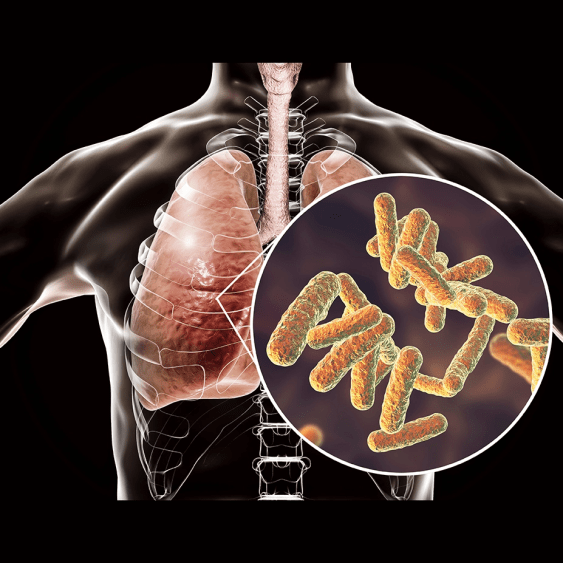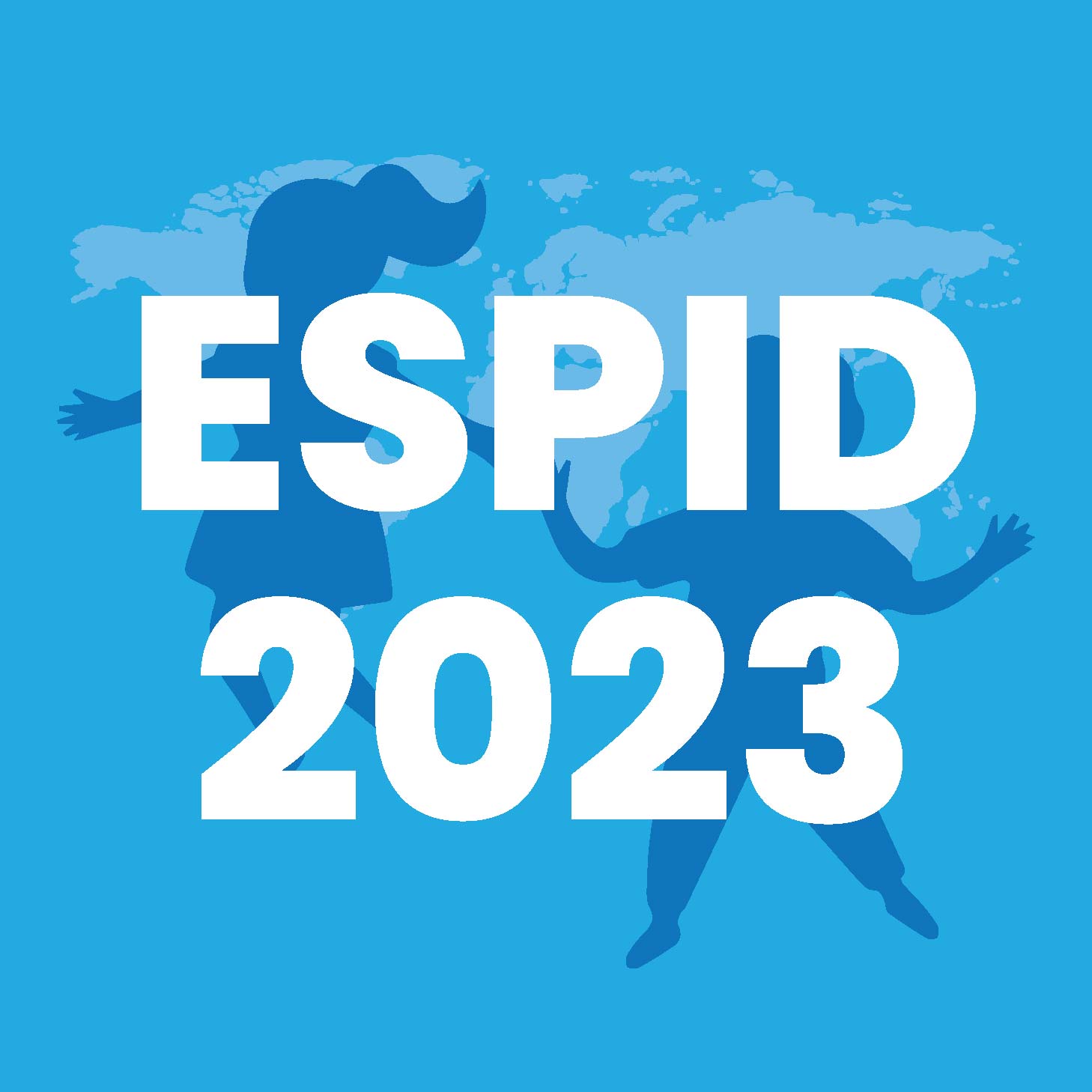ECCMID 2023: Viral Infections Across the Globe
The present report provides a detailed assessment of various viral infections across the globe. The arbovirus Dengue is a significant health concern in non-epidemic areas with the Aedes vectors. There was a significant surge in dengue cases in 2022, primarily due to major epidemics in countries like Brazil, Cuba, and Nepal. A study conducted in Catalonia, Northeastern Spain, to perform the molecular characterization of a positive dengue strain detected in 11 regional hospitals in 2022. Hospitals received rapid tests for quick dengue diagnosis, with positive cases being analyzed further using serotyping, genotyping, PCR, and sequencing of the E gene. The results show the severity of the 2022 dengue outbreaks, particularly in Cuba, and emphasize the importance of travelers in detecting the global spread of dengue. Phylogenetic analysis indicates that DENV-3 was introduced to various continents, including Asia, America, and Africa. This analysis can help identify the imported strains of dengue and aid in arboviral surveillance programs.
West Nile virus (WNV) infection can lead to neuroinvasive disease (WNND) in about 1% of patients. WNND can manifest as meningitis, encephalitis, and acute flaccid paresis/paralysis (AFP). It was found that respiratory failure was the most common complication, leading to the need for mechanical ventilation. The mortality rate was high, with 9 out of 19 patients dying due to prolonged mechanical ventilation and often pneumonia. The study concludes that WNND can lead to slow and sometimes inadequate recovery, especially in patients with quadriplegia who may have prolonged respiratory failure and high risk of death. Bilateral facial palsy is a rare symptom of WNND.
A study that investigated (311 participants) whether people living with HIV are more susceptible to neurocognitive dysfunction following COVID-19 infection, as measured by objective testing. The study demonstrated that people living with HIV who had a COVID-19 scored lower on verbal memory tests and verbal fluency tests four months after COVID-19 infection. The study also found that people living without HIV who had COVID-19 scored lower on oral trail-making test A, which is a test for simple attention and processing speed, up to four months following COVID-19 infection. The study concluded that the post-COVID-19 differences in cognition between people living with HIV and people living without HIV are primarily attributable to HIV rather than COVID-19 and that processing speed and simple attention may be impaired up to four months following COVID-19 infection in people living without HIV.
Since May 2022, there has been a widespread human monkeypox virus (hMPXV) outbreak, the first instance of a multi-country outbreak without any known connections to endemic areas. Initially, a virome sequencing technique was employed to obtain the first draft genome sequence of hMPXV in Spain. The study aimed to conduct a genomic epidemiology investigation on a subset of hMPXV-positive samples from the Metropolitan area of Barcelona using tiling amplicon sequencing. The researchers obtained hMPXV genomic sequences for 90 out of 93 samples using this approach, with a mean genome coverage of 97.8% and a median sequencing depth of 672x. The sequencing analysis revealed six hMPXV1 lineages, with two of them (B.1.1 and B.1.7) not previously detected in Spain but found in other parts of Europe. The tiling amplicon sequencing technique was demonstrated to be a straightforward and effective approach for acquiring complete hMPXV genomic sequences, which is crucial for monitoring the spread and development of viral lineages.
The study analyzed the influence of treatment-induced viral eradication of Hepatitis C virus infection on serum concentrations of chemicals associated with inflammation and fibrosis. The concentrations of 12 chemokines in 32 chronic Hepatitis C (CHC) patients before and after the sustained virological response was measured using bit-based flow cytometry. The results explored that the concentrations of these chemokines were significantly higher in CHC patients before treatment compared to controls, and significantly lower after successful treatment (sustained virological response, SVR). The study also found that IP-1O was a useful biomarker for distinguishing between CHC patients and healthy individuals, with an accuracy of 83.6%. Overall, the results suggest that these chemokines could serve as biomarkers for successful direct-acting antiviral (DAA) treatment.
The Toscana virus (TOSV) is a flavivirus transmitted by sandflies, first identified in Italy in 1970. It also circulates in Portugal, Spain, France, and North Africa. A recent study in Algeria found 23 cases of TOSV in patients with neurological symptoms, with a wider distribution than initially believed. The TOSV can cause meningitis, encephalitis, and peripheral neurological disease; laboratory confirmation is needed for diagnosis. The TOSV is more prevalent than the WNV, yet it remains neglected, and physicians and laboratories should be aware of it in regions where it circulates heavily.
European Congress of Clinical Microbiology and Infectious Diseases (ECCMID) 2023, 15-18 April 2023, Copenhagen, Denmark



